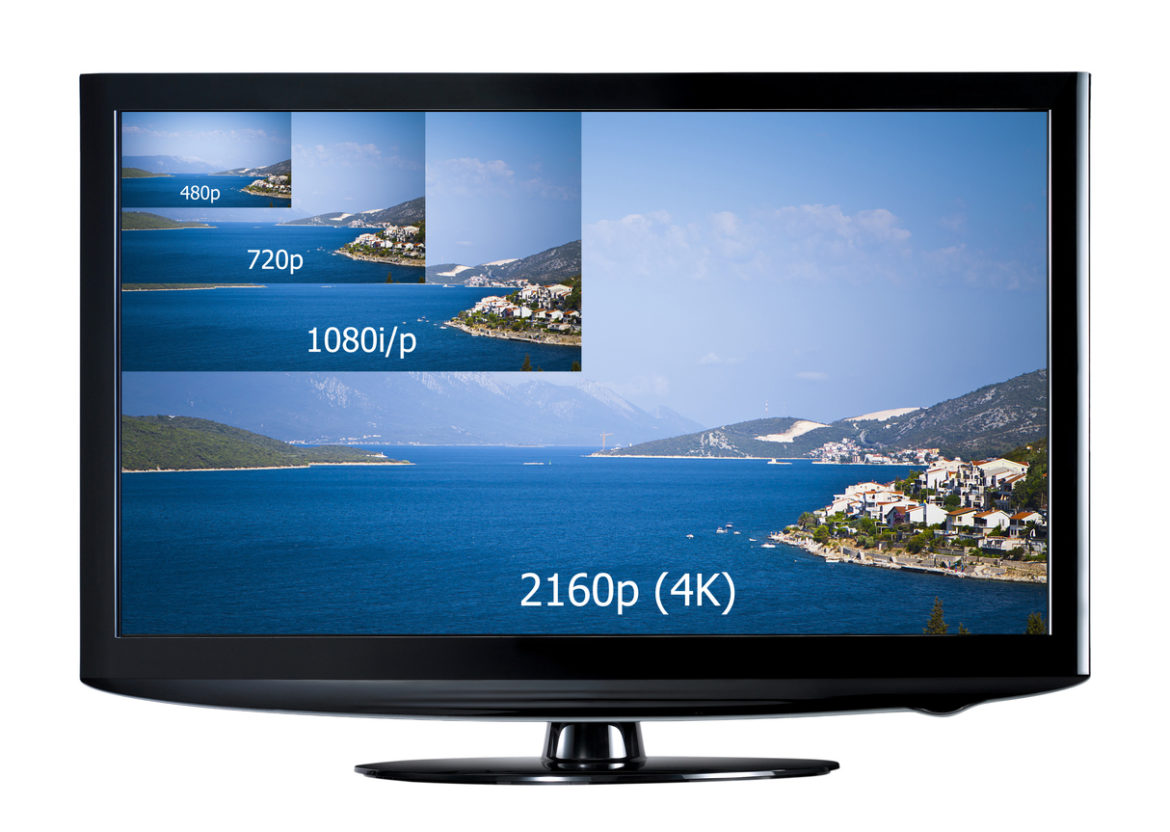What does the number 720 refer to when it comes to high-resolution screens? It has nothing to do with the total number of pixels. A 720p image is 720 horizontal pixels for every 480 vertical pixels. A screen with 720 horizontal and 480 vertical pixels will support the same number of lines (480) as a screen with 1080 horizontal pixels and 629 vertical pixels. All that means is that both are 1440 by 1080 (also known as not “full HD,” since it’s smaller than full HD) and can produce an image of approximately 16:9 aspect ratio.
So what does 1080 refer to? The number 1080 refers to the display’s “effective” resolution or the more advanced technique that moves pixels from one “line” to the next. It increases sharpness and helps create an image with greater clarity. Many video games use this to blur out areas that don’t have a lot of moving objects (think of a map in a video game). So it’s not so much about pixels as it is about lines.
When you want the best picture quality, you’ll want a TV that’s capable of 1080p. However, even 720p TVs can look good. Remember: It’s not just about the number of pixels in a TV; it’s also about the technology used to display those pixels and the type of display. When it comes to image quality (as opposed to sheer size), there are plenty of high-resolution sets with 720p and very few with 1080p that don’t deliver great images. Want to see what’s changed? Check out our last explanation from 2018.
Understanding the Basics
So what’s the difference between 720p and 1080p? In the term 720p, which is used mainly in North America, the “p” stands for progressive scan. The differences between 720p and 1080p are fairly technical, so we’ll explain them in detail here. Basically, 1080p is a higher resolution than 720p because it has twice as many pixels in the same horizontal and vertical dimensions. It means that 1080p images are much sharper than 720p, especially noticeable on large screens.
There’s no big difference between 720p and 1080i, either. They mean that the image being outputted is either progressive (720p) or interlaced (1080i). Interlaced TV images are slightly more blurry than progressive images. So, if you’re trying to decide between 1080p and 720p for your new TV, you should go with the higher resolution. Even if you can’t see the difference from 6 inches away, it will make a big difference when you sit back on your couch to watch a movie or play video games.
What About the ‘P’?
The “p” refers to the number of pixels that make up the image you’re watching. The “p” doesn’t mean anything within its digital signal, so the higher the “p,” the sharper the image. People don’t speak of 720p and 1080i because they’re both in existence, and you can buy TVs with either one. They both have more pixels than standard HDTV images, so they can produce better-looking images without being packed more tightly into a smaller space. The only difference between 720p and 1080i is that most of the time, 1080i will be slightly blurrier than 720p — but it all depends on your TV.
Buying a High-Definition Television: 720p vs 1080p
Now that you’ve got a basic idea of the difference, you might be wondering why anyone would buy a 720p TV when they could get a 1080p TV. The answer is simple — most people can’t distinguish between the two. There are obvious differences in image quality, but there’s no way for non-technical people to know that they’re looking at three times as many pixels. Furthermore, many people find that 720p shows a wider viewing angle and is better for viewing outside the house. Some TV manufacturers who wanted to produce TVs with 1080p resolution decided that they needed a new name for their TVs — and so they called them “720p”. If you wanted to differentiate between the two easily, you would say that “720p” TVs have more pixels and “1080p’s are those with fewer pixels.
In reality, though, there’s been a lot of controversy over the different naming conventions. The 720p TVs that some manufacturers released were 1080i TVs, and so they had the same resolution as most other 1080p TVs anyway. So you could say that the only difference between 720p and 1080p is that they’re two different ways to name the same thing.
The average person can’t tell the difference between 720p and 1080p. If you want to see an image with three times as many pixels, all you have to do is look at your computer monitor — because almost every computer monitor in the world is 1080p. If you’ve been using a 720p television for your PC, it’s time to upgrade. There’s no reason to get blurring for your computer monitor when you can get crisp, clear images.
If you’re still unsure if it’s worth the extra money to go with 1080p, do a test. Find two reasonably similar TVs. Watch a sample image and try to find any difference between the two. There shouldn’t be any difference that you can tell, no matter how much you squint and look at it. If you’re confident that there’s no difference, you can rest easy knowing that it’s not worth spending the extra money.
720p vs. 1080p: The Bottom Line
The bottom line is that 720p refers to the number of horizontal pixels in an image, while 1080p is the number of pixels in a vertical image. If you’re looking at a screen with a 1080p display, you’re seeing a higher-resolution picture than if you’re watching a 720p display. However, what’s not clear is that most people can’t tell the difference. So it’s best to stick with 1080p television when you’re looking for your next TV.

